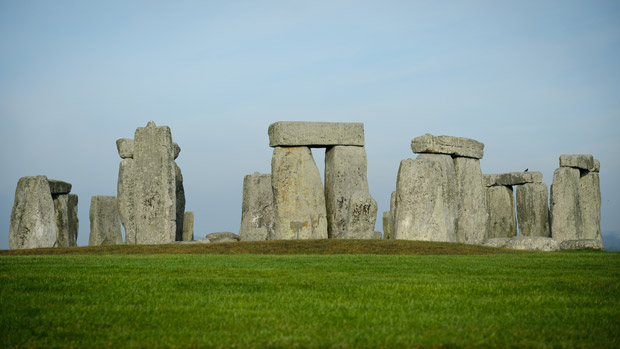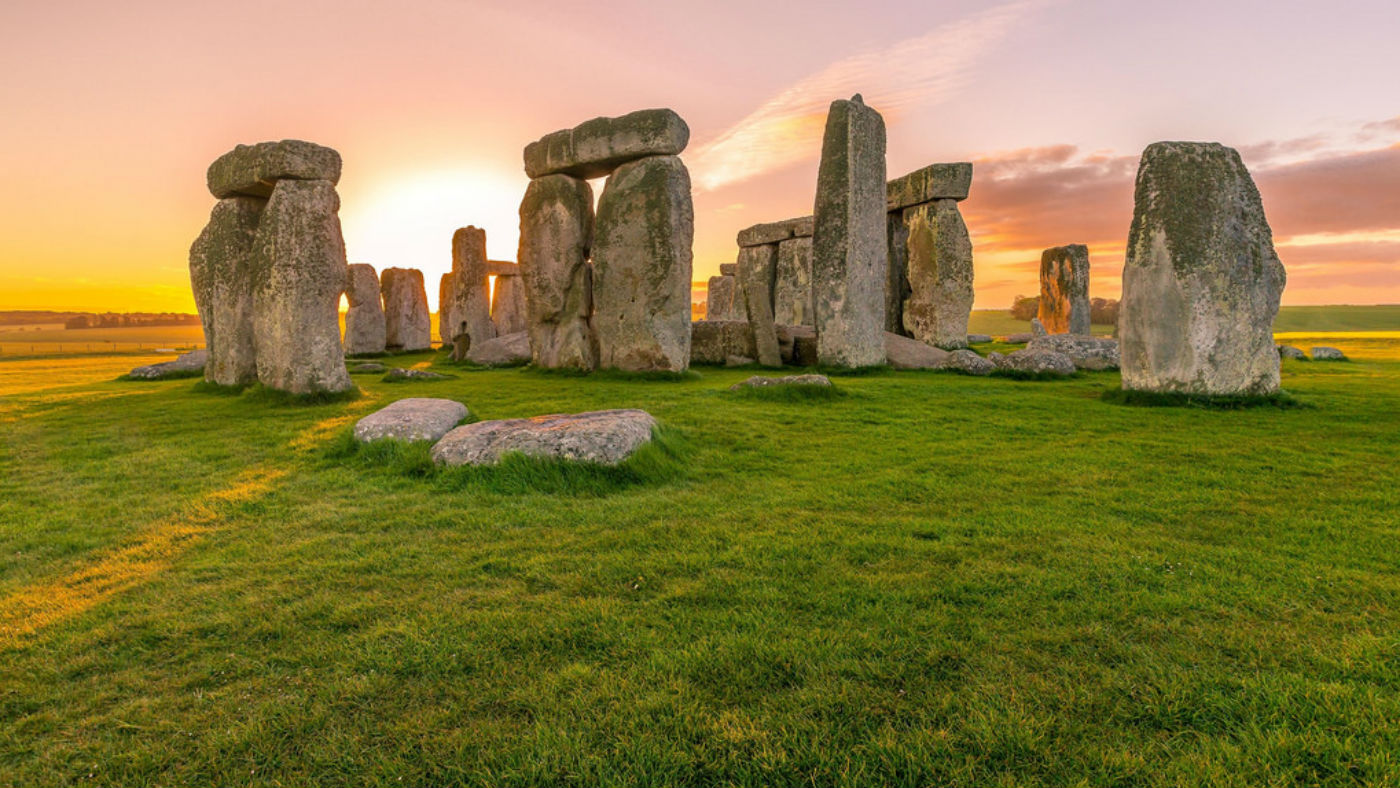Stonehenge rocks in place 'millions of years before humans'
Expert claims largest rocks at megalithic monument were not moved there by people

Two of Stonehenge's largest stones were in place there for millions of years before Neolithic people built the monument, according to the site’s former director of excavations.
In a new paper published in the journal British Archaeology, Mike Pitts argues that two of the largest sarsens - the sandstone boulders that make up Stonehenge - have always been “more or less” where they sit today.
Stonehenge, located on Salisbury Plain, and its alignment with the Solstice Sun has puzzled archaeologists for centuries.
The Week
Escape your echo chamber. Get the facts behind the news, plus analysis from multiple perspectives.

Sign up for The Week's Free Newsletters
From our morning news briefing to a weekly Good News Newsletter, get the best of The Week delivered directly to your inbox.
From our morning news briefing to a weekly Good News Newsletter, get the best of The Week delivered directly to your inbox.
The largest sarsen, known as the heel stone, is 75 metres from the centre of the stone circle, weighs about 60 tons, and has not been shaped or dressed, unlike the other sarsens. It points to where the Sun rises and falls beneath the horizon at midsummer and midwinter.
In the late 1970s, archaeologist Pitts was excavating beside the heel stone when he found a hole up to six metres in diameter. The pit was too large to have been the “socket” for a standing stone but big enough to have contained the huge boulder itself, Sky News reports.
This suggests “the stone was lifted out of the hole and stood upright, but not brought from elsewhere”, the broadcaster says.
Pitts’ theory suggests that the rocks’ alignment with the Solstice Sun was merely a coincidence.
A free daily email with the biggest news stories of the day – and the best features from TheWeek.com
“The assumption used to be that all the sarsens at Stonehenge had come from the Marlborough Downs more than 20 miles away,” Pitts told The Times. “The idea has since been growing that some may be local and the heel stone came out of that big pit.
“If you are going to move something that large you would dress it before you move it, to get rid of some of the bulk. That suggests it has not been moved very far. It makes sense that the heel stone has always been more or less where it is now, half-buried.”
-
 Venezuela’s Trump-shaped power vacuum
Venezuela’s Trump-shaped power vacuumIN THE SPOTLIGHT The American abduction of Venezuelan President Nicolás Maduro has thrust South America’s biggest oil-producing state into uncharted geopolitical waters
-
 Most data centers are being built in the wrong climate
Most data centers are being built in the wrong climateThe explainer Data centers require substantial water and energy. But certain locations are more strained than others, mainly due to rising temperatures.
-
 ‘Maps are the ideal metaphor for our models of what the world might be’
‘Maps are the ideal metaphor for our models of what the world might be’Instant Opinion Opinion, comment and editorials of the day
-
 Stonehenge Altar Stone came from Scotland, study finds
Stonehenge Altar Stone came from Scotland, study findsSpeed Read New analysis says the six-ton megalith actually came from Scotland and not Wales, as previously thought
-
 Richard Branson’s Virgin Galactic and Jeff Bezos’s Blue Origin: the new space race?
Richard Branson’s Virgin Galactic and Jeff Bezos’s Blue Origin: the new space race?Speed Read Branson has declared space open for business. Is that still a pie in the sky?
-
 Russia and China joining forces to build first Moon base
Russia and China joining forces to build first Moon baseSpeed Read Lunar pact represents ‘all kinds of security threats’ to UK and US, expert warns
-
 Mystery of where Stonehenge stones came from finally solved
Mystery of where Stonehenge stones came from finally solvedSpeed Read But how the builders moved the huge stone megaliths to the Salisbury site remains a mystery
-
 How chimpanzee ‘lip smacking’ can unlock mystery behind human speech
How chimpanzee ‘lip smacking’ can unlock mystery behind human speechSpeed Read New study reveals rhythm of great apes’ communications is identical to spoken language
-
 Scientists discover new variety of black hole
Scientists discover new variety of black holeSpeed Read Astronomers had previously missed entire class of dead star
-
 Trio win Nobel physics prize for work to understand cosmos
Trio win Nobel physics prize for work to understand cosmosSpeed Read The scientists were hailed for ‘ground-breaking’ discoveries
-
 Quadriplegic man walks using mind-reading robotic exoskeleton
Quadriplegic man walks using mind-reading robotic exoskeletonSpeed Read Robo-suit hailed as huge step forward for paralysed patients